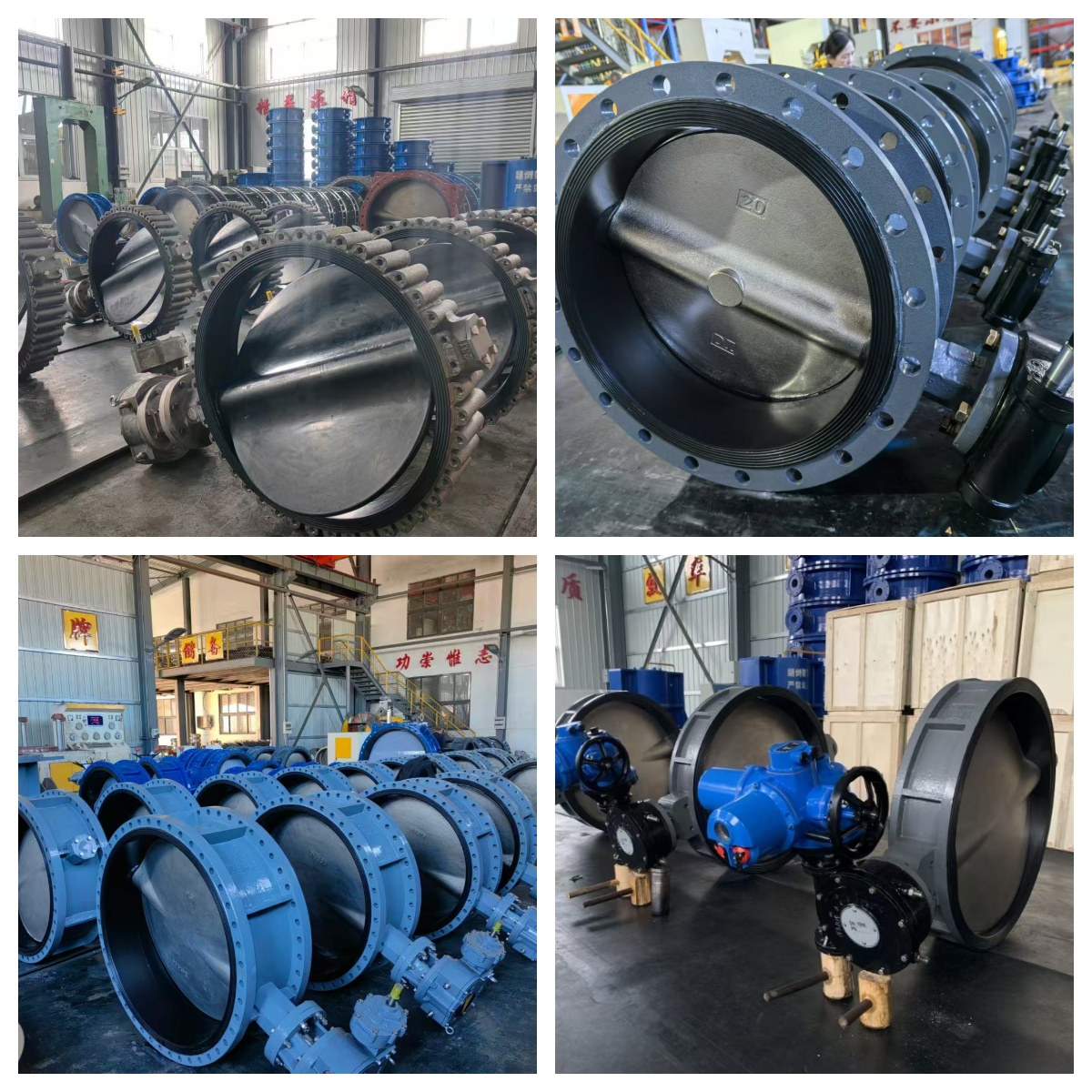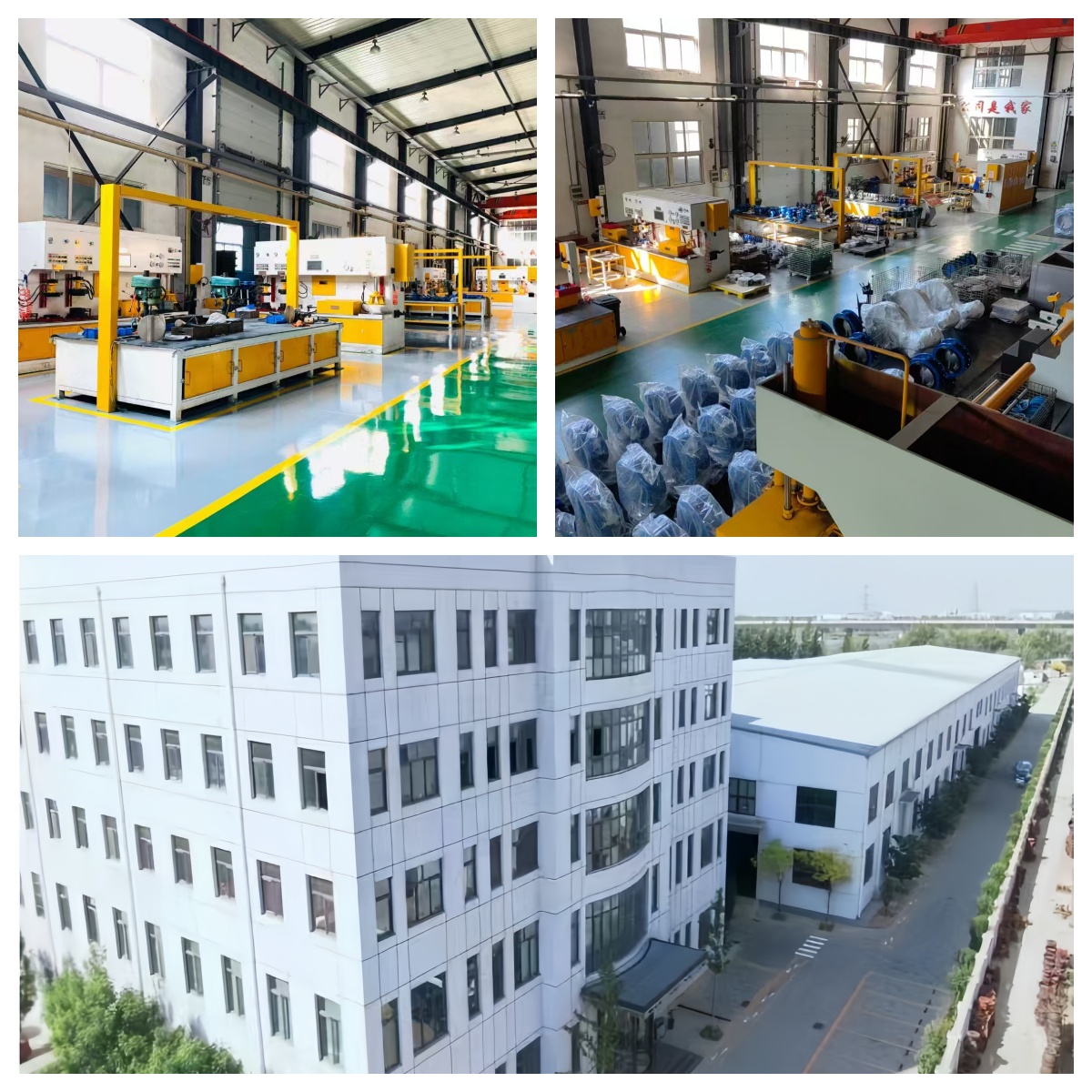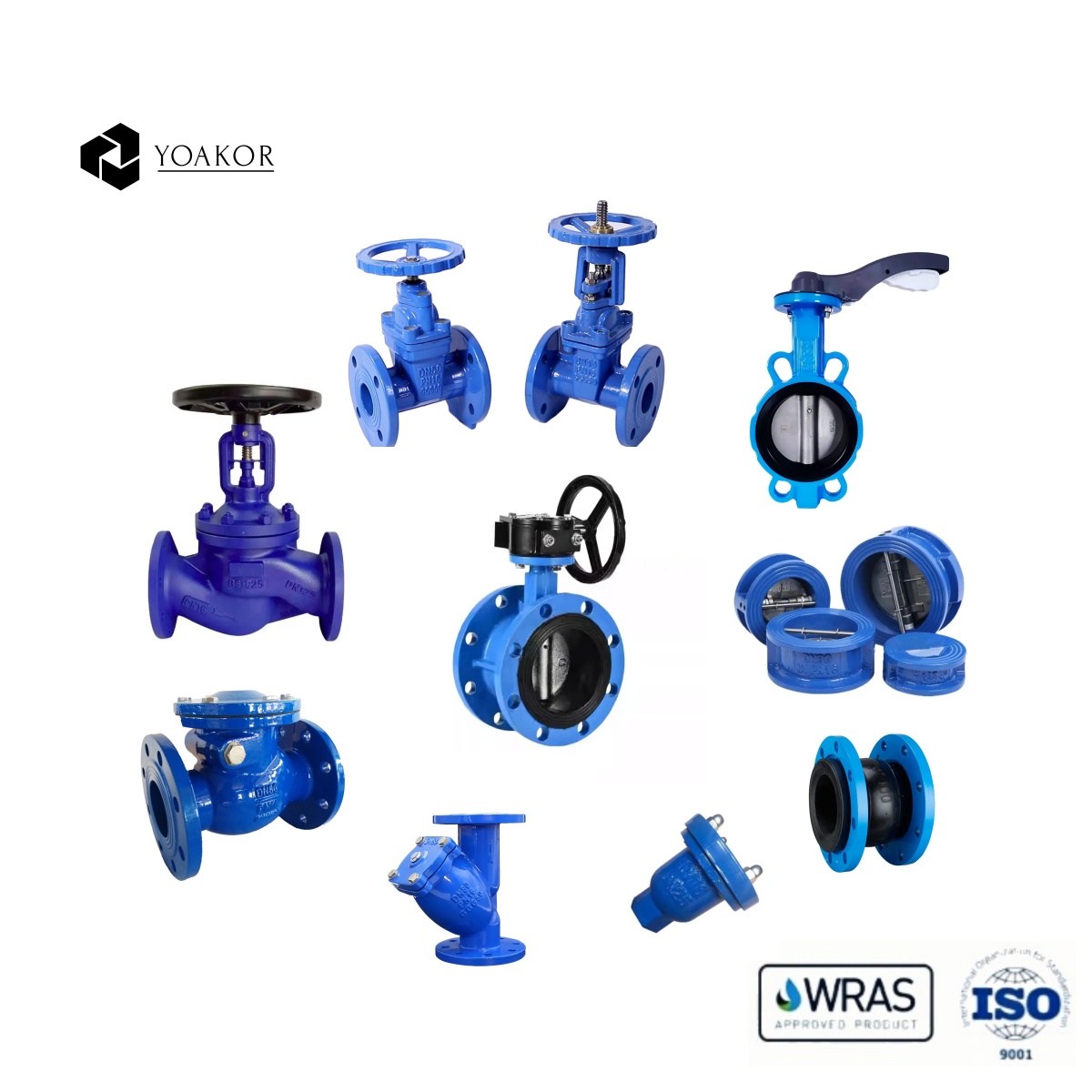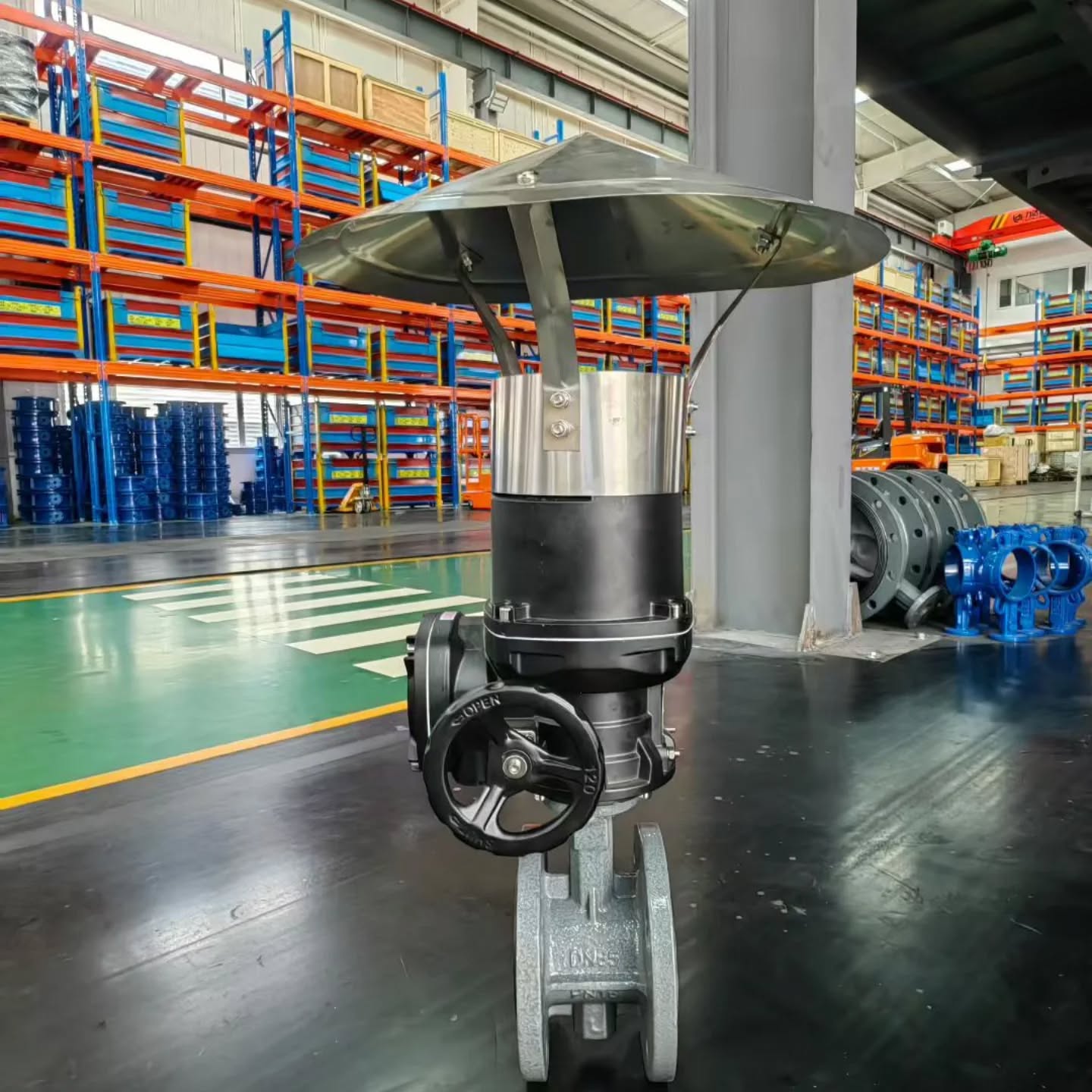Appearance inspection :
Visual inspection: The inspector directly observes the appearance of the valve with the naked eye to check whether there are casting defects such as cracks, sand holes, and heavy skin; check whether the surface roughness meets the requirements, whether the coating is uniform, without flow marks, peeling and other defects. ·
Dimension measurement: Use measuring tools (such as calipers, micrometers, rulers, etc.) to measure the key dimensions of the valve, such as valve body diameter, height, inlet and outlet flange dimensions, connection bolt hole spacing, etc., to ensure that they meet the tolerance range specified in the design drawings.
Pressure test :
Strength test :Test medium: Generally, clean water is used as the test medium. For valves that are not allowed to contact water, compressed air or other suitable gases can be used.
Test pressure: Usually 1.5 times the nominal pressure of the valve, but not less than 0.3MPa.
Test method: Install the valve on the test device, close the valve outlet, slowly increase the pressure to the specified test pressure, and maintain it for a certain time (generally 5-10 minutes). Check whether there is leakage or sweating in the valve housing, stuffing box and other parts.
Sealing test :
Test medium: For valves with liquid media, water is often used as the test medium; for valves with gas media, air or other gases are used.
Test pressure: Generally 1.1 times the nominal pressure of the valve.
Test method: After the strength test is passed, open the valve to a certain angle (generally 1/4 - 1/2 of the full opening), then slowly increase the pressure to the specified test pressure, maintain it for a certain time (usually 15 - 30 minutes), and check whether the sealing surface of the valve is leaking. For valves with upper sealing structure, an upper sealing test is also required.
Functional test :
Switch flexibility test: Manually operate the valve to check whether its opening and closing process is flexible and whether there is any jamming. For electric, pneumatic or hydraulic valves, remote operation tests are required through the corresponding actuators to check the accuracy and reliability of their actions.
Flow characteristic test: Use flow test equipment to measure the flow of the valve at different openings, draw the flow characteristic curve of the valve to verify whether its flow characteristics meet the design requirements.
Sealing performance detection · Helium mass spectrometer leak detection: For some valves with extremely high sealing requirements, such as vacuum valves, cryogenic valves, etc., helium mass spectrometer leak detectors can be used for detection. Place the valve in a container filled with helium at a certain pressure. If the valve leaks, helium will enter the inside of the valve, and then use the leak detector to detect whether there is helium leaking out of the valve surface. · Bubble leak detection: Applicable to valves for low-pressure fluid pipelines. Immerse the valve in water, pass a certain pressure of gas from the valve inlet, and observe whether there are bubbles escaping from the various connection parts and seals of the valve.
Material analysis · Spectral analysis: Use a spectrometer to analyze the material of the valve to determine its main chemical composition and its content to verify whether it meets the material standards specified in the design. Hardness test: Use a hardness tester to measure the hardness value of different parts of the valve to determine whether the hardness of the material meets the requirements and ensure that the valve has sufficient strength and wear resistance.








